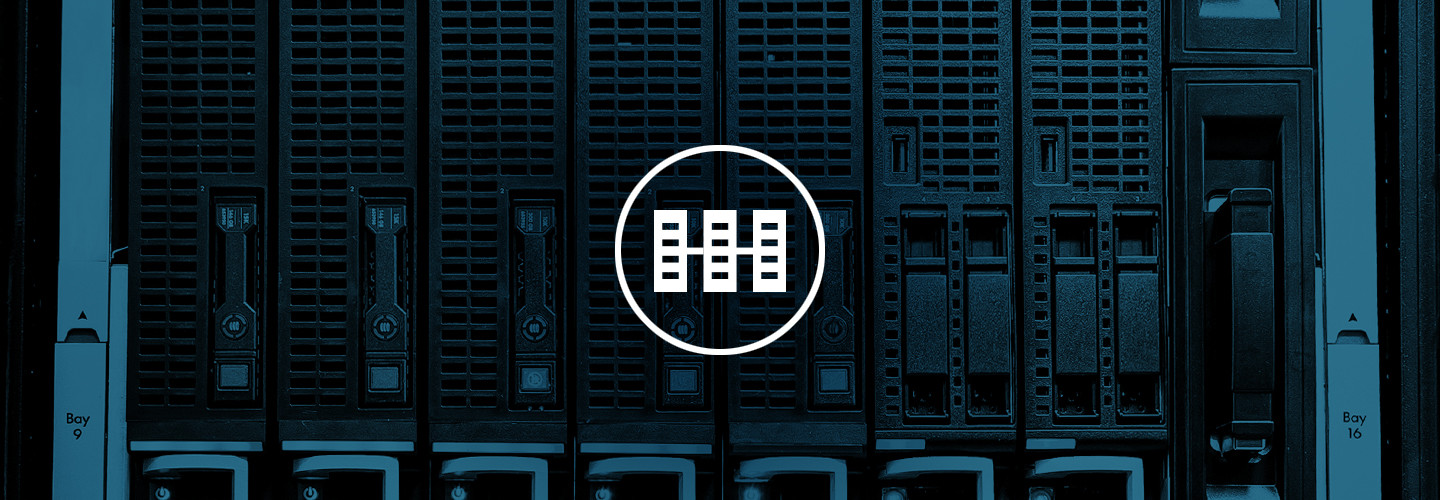Creating the Right Disaster Recovery Plan
Until recently, Trimont Real Estate Advisors operated its own data center onsite. With a new headquarters in the company’s future, Raquel Brown, managing director of IT and security, was on the hunt to find a new infrastructure solution. At the same time, she had to increase redundancy and ensure performance wouldn’t suffer. Ultimately, she decided to work with a colocation provider.
“Trimont is an international company, so the ability to easily expand our data center footprint internationally as needed was important,” Brown explains. “Moving our data center had various benefits, but redundancy, in all aspects — connectivity, power, as well as physical security — was at the top of our list.”
The company’s disaster recovery plan evolved at the same time, and the cloud played a big part of it, she says.
“We have and will continue to utilize IBM Business Continuity and Resiliency Services for our work area recovery space. The change we made this year was to move away from a colocation model. We used to have our DR equipment in a rack at another site in Charlotte, N.C. Our new DR model includes a private cloud instance within a Disaster Recovery as a Service solution.”
To facilitate both cloud implementations and improve communications among all locations, Trimont transitioned to a new companywide network infrastructure, deploying a Cisco Systems dynamic multipoint virtual private network for all of its offices, including Amsterdam, Atlanta, Dallas, London, Los Angeles and New York.
Read more about Trimont and maintaining continuity of operations in "5 Steps to Ensure Your Business Can Withstand a Data Disaster."








